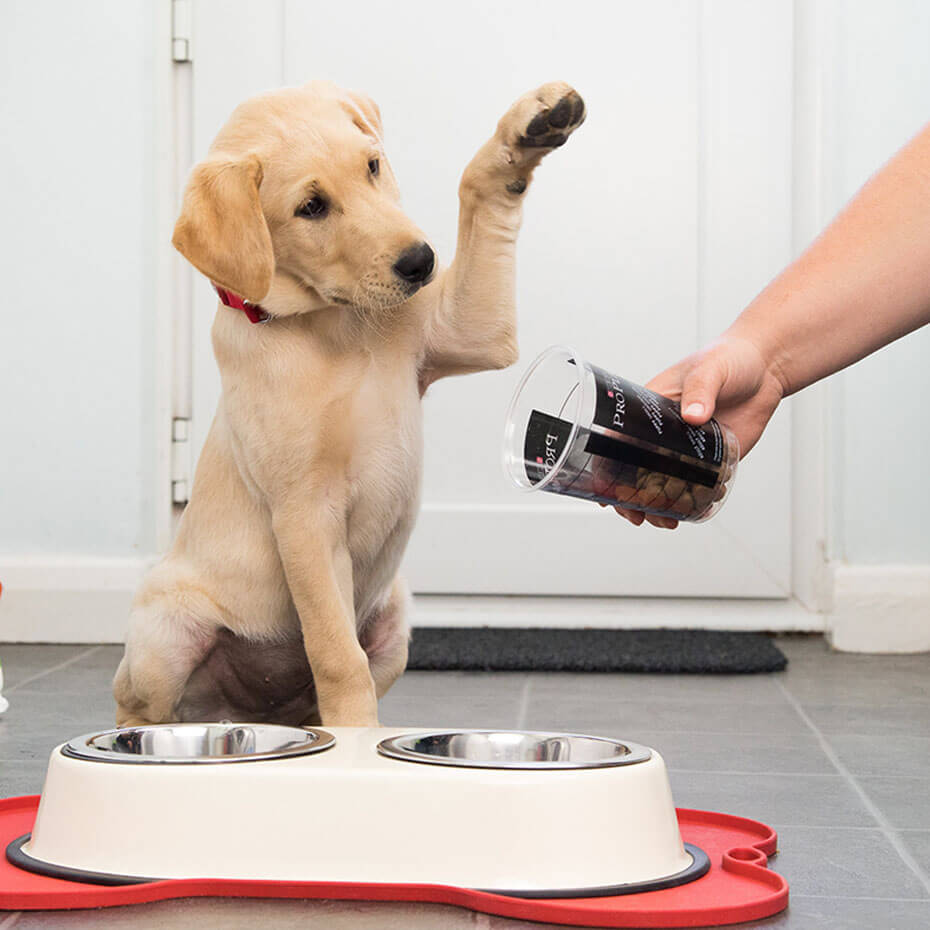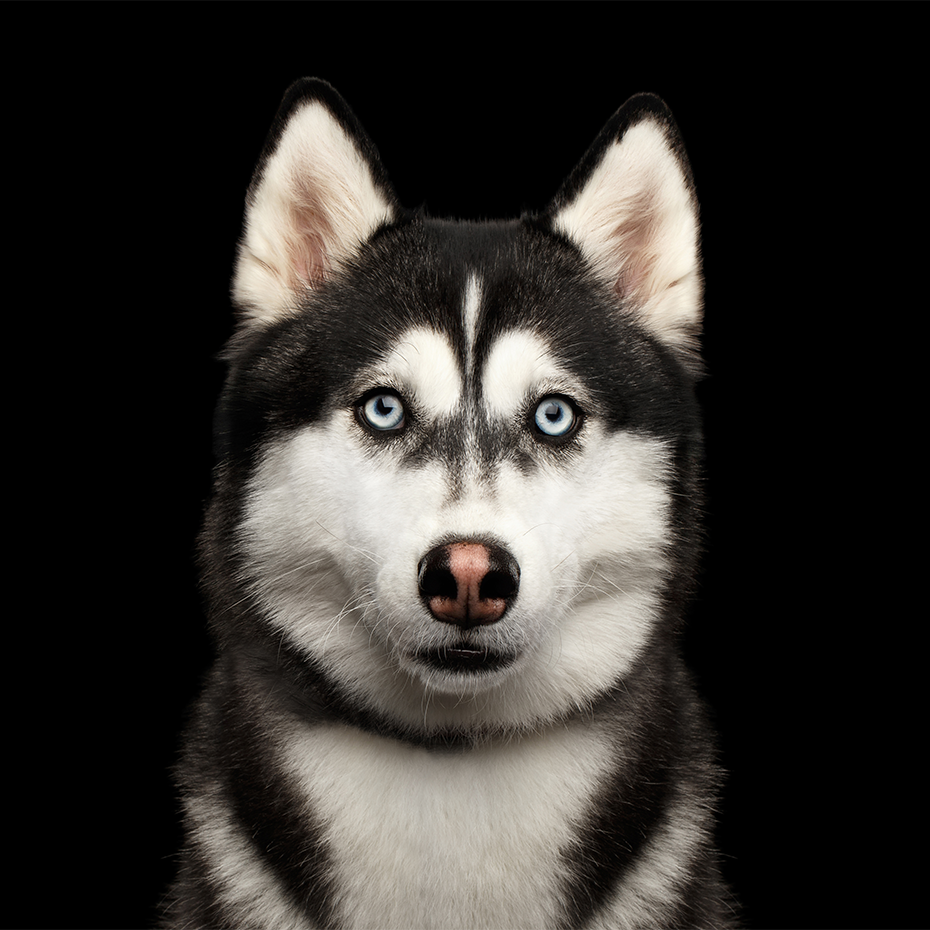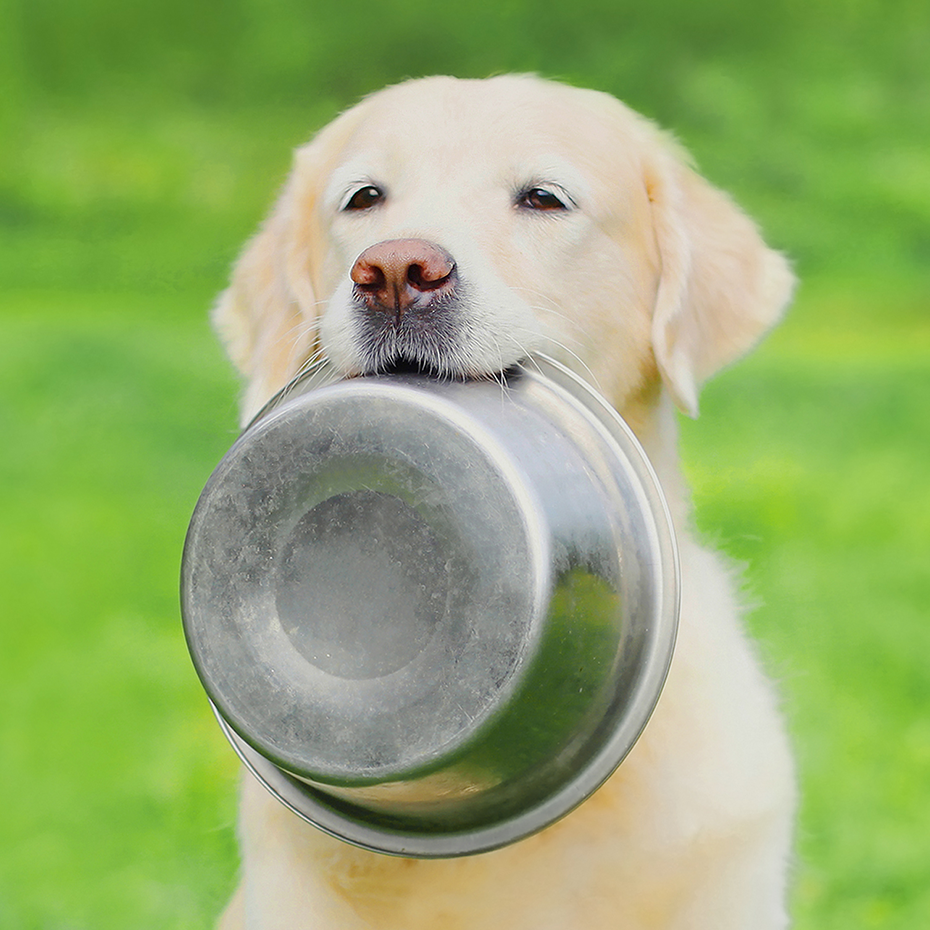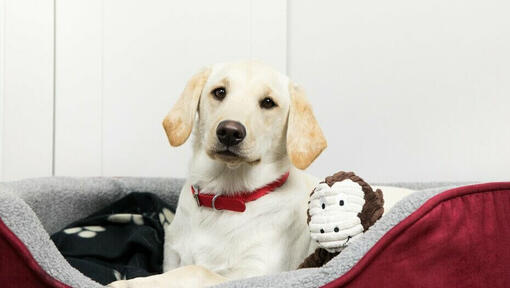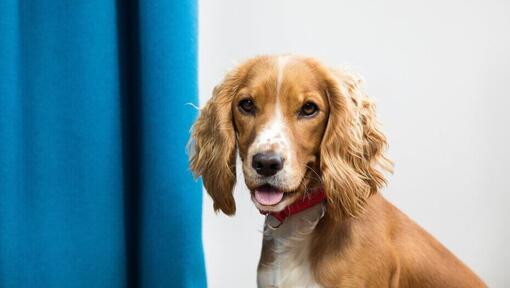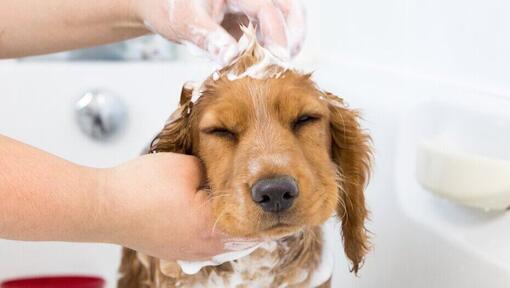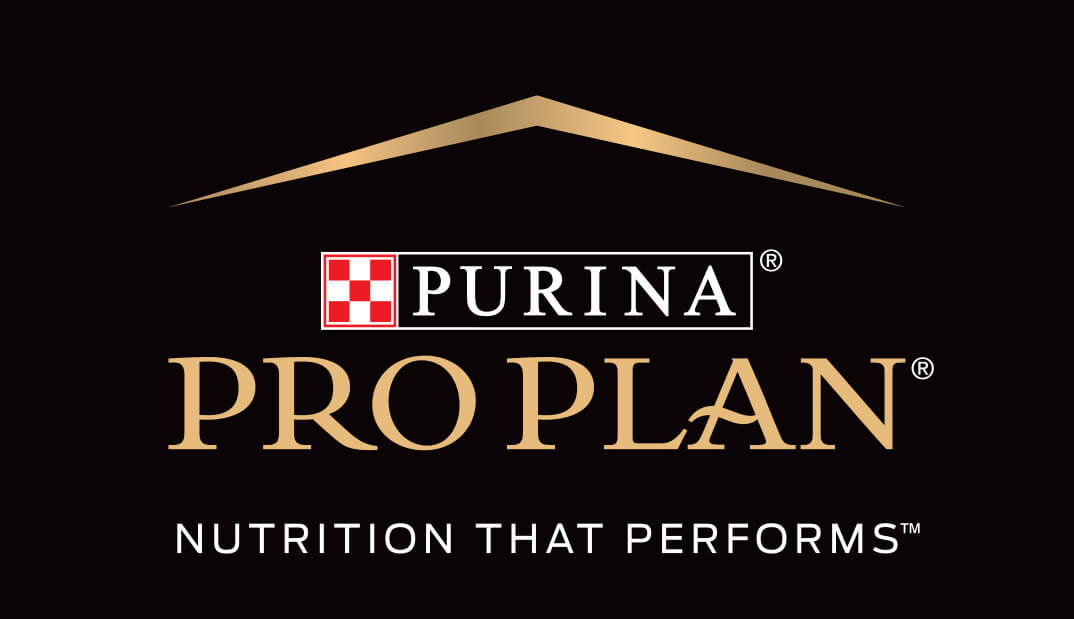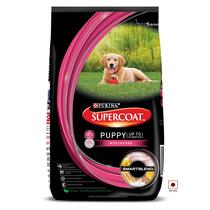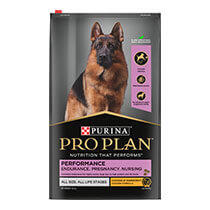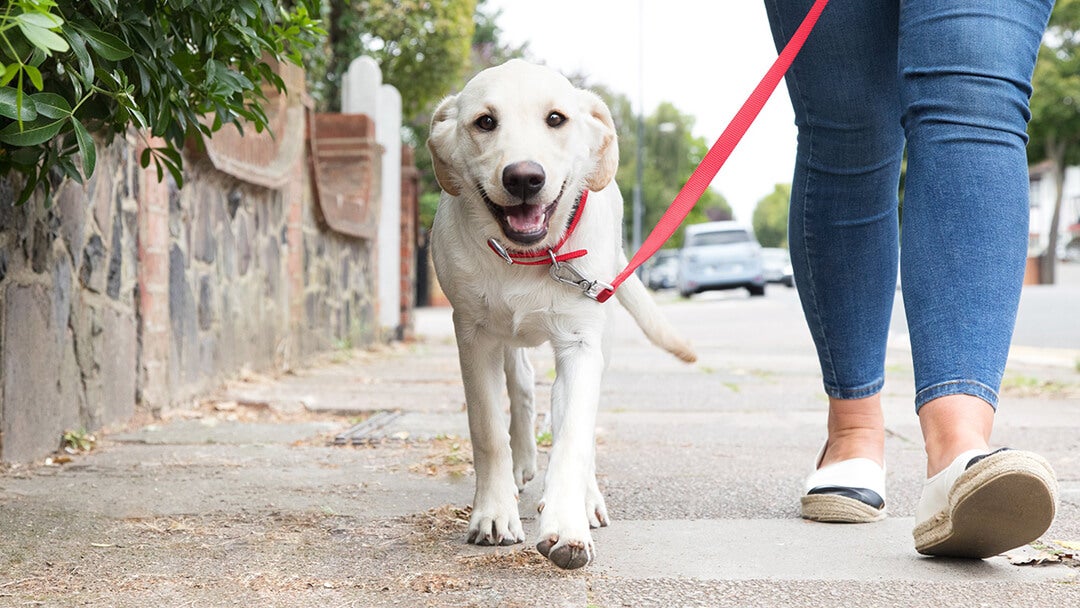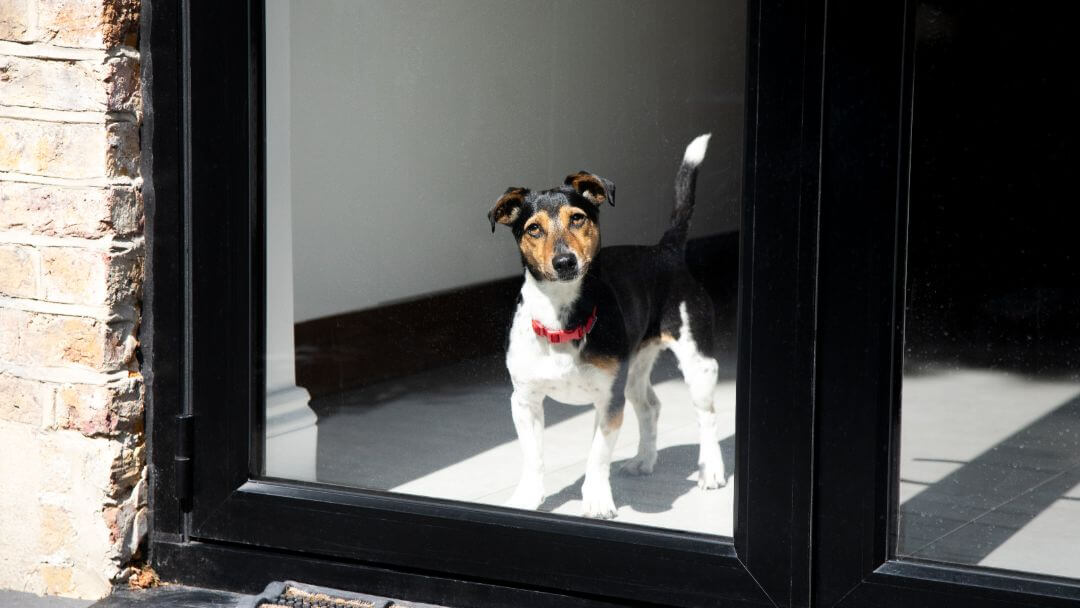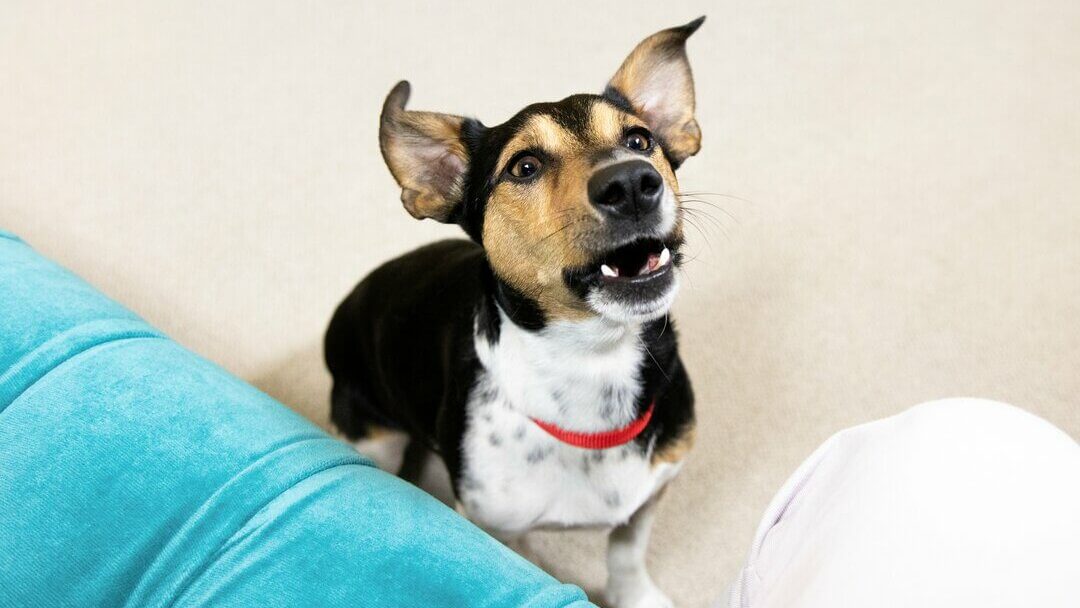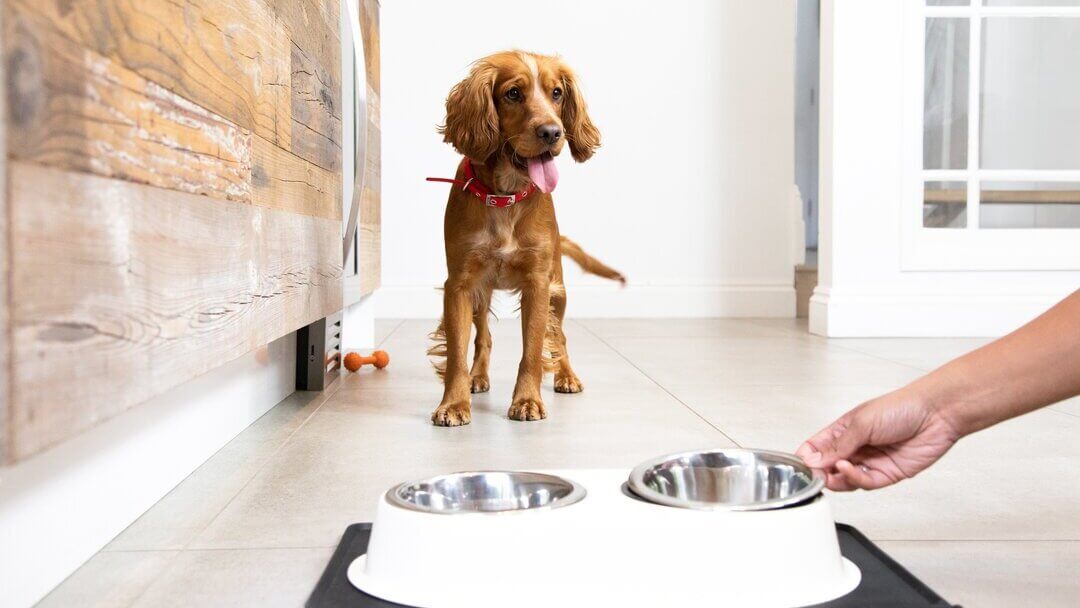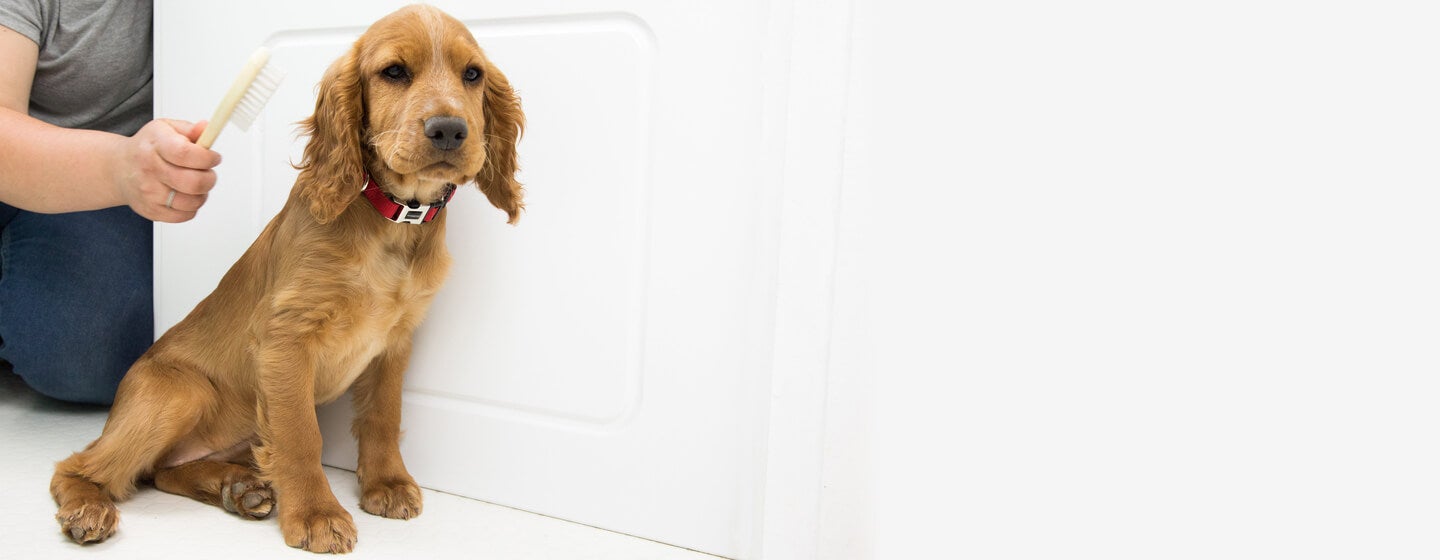
Find out everything you need to know about puppies and their grooming needs.
When you first welcome a new puppy home, it is common to ask ‘do puppies need grooming?’ It can be difficult to know what your dog needs in terms of basic grooming and how to set up a suitable schedule.
In this article, we’ll explore your puppy’s grooming needs and what you may need to consider when planning a grooming schedule.
Do puppies need grooming?
All puppies do require some level of grooming, and all puppies need to be checked regularly to ensure they are clean and healthy. Grooming involves taking care of your puppy’s appearance and making sure they are clean – an important task, considering how mischievous puppies can be! Checking if your puppy needs grooming usually includes making sure your puppy’s ears, nose and eyes are clean, that their fur is not matted and dirty, and that their paws are clean.
The benefits of puppy grooming
- Maintains a healthy skin and coat.
- Improves circulation.
- Reduces stress and blood pressure – in both of you.
- Helps you notice unusual lumps and bumps, parasites or scratches.
How often should puppies be groomed?
How often your puppy needs to be groomed depends on what kind of breed they are. Puppies with long hair may need to be groomed more often than puppies with short hair. This is because this hair gets dirtier earlier and matted more easily. Dogs with long ears, such as cocker spaniels, may need more attention to be paid to their ears; if any dirt is left there, it could lead to an ear infection. Remember not to clean your dog’s ears yourself, though, as they are very delicate; they will need the attention of a vet or groomer.
How do you groom puppies with long hair?
Longer coats need daily attention to avoid knots. Begin with a pinhead brush or comb to untangle matted hair, taking particular care around the backside, tail and legs. Brush and comb the coat forward, then backwards - this will bring out the natural shine in silky coats.
If you own a long-haired puppy, consider taking them to professional groomers to keep them clean.
Such groomers usually have a range of services that you can choose from, such as bathing your puppy, cutting their hair, checking their eyes and ears to make sure they are clean, checking their nose to make sure it is moist and not cracked, and cleaning out their paws. They also check your puppy’s underbelly to make sure it is clean. These services may be useful to make sure your long-haired pup is in the best shape possible.
How old does a puppy have to be to be groomed?
It is good to establish puppy grooming routines when your dog is still young and capable of learning new behaviour.
Their size also makes them easier to control at this stage, so it’s a good idea to get them used to bathing and grooming now. Imagine chasing a fully-grown wet dog as they run around the house, trying to escape a bath!
How to groom a puppy?
Below is a list of common things to take care of when grooming a puppy.
Dogs rarely need to have their nails clipped, as they are automatically kept in check by the friction caused when your dog walks. However, just to make sure the nails do not break and bleed, there may be instances where you need to either file them (if your dog is patient enough!) or use designated clippers, available from pet shops or your vet. Never use human nail clippers or scissors.
You will need to prepare your puppy for the nail clipping process. It make take some time for your dog to become adjusted to this, but starting young is a good idea. Clipping your dog’s nails also ensures that no dirt or grass gets stuck in them, which can help keep your puppy’s paws free of infection.
Look at your dog’s nails before you cut so see where the ‘quick’ ends – this is the sensitive nerve of the nail. You want to avoid cutting the quick as this can be painful and, if nicked, will bleed. If this happens, don’t panic - apply pressure with cotton wool and it should soon stop. Only clip dog nails that need doing and don’t forget the dew claw by your dog’s wrist. If you don’t feel confident clipping your puppy’s claws, your veterinary surgery will be happy to do it for you, and if you notice a ripped, torn or missing claw consult your vet as these may need medical attention. For more tips on clipping your dog's claws, read our useful guide.
It is important to brush your dog’s hair if it gets matted, especially if you own a long-haired dog. Not brushing their hair can lead to the fur matting and becoming tangled. This can often cause them pain, especially when dirt clumps form and it becomes harder to untangle the coat. There are special dog brushes and combs available on the market. Choose the one that suits the type of coat your dog has and try and brush their fur at least once in two days. This will help get rid of loose hair and will reduce shedding.
Most puppies (and adult dogs) don’t need to be bathed, but it may become necessary if your dog rolls in mud or something equally messy! When bathing your puppy, choose the special shampoo made for them. Do not use shampoos for adult dogs or for humans. Check our in-depth article on puppy bathing.
It may not seem like puppies need their teeth brushed as part of the puppy grooming process, but they do. Establishing this process early means that they will get more used to having their teeth brushed when they get older. You may have to start small if you’ve never brushed their teeth before. Start by getting them used to your fingers in their mouth then introduce the toothpaste and finally the brush. As always, praise and reward will help you get there.
There are specially designed dog toothbrushes on the market; make sure you use those. There are also special dog toothpastes, some of which are meat flavoured. You can give your dog a bit of this to try before, so they can get used to the taste. Remember, using human toothpaste can be harmful for them. Find out more about dog teeth cleaning, with our easy-to-follow guide.
Your puppy’s ears should be clean and healthy-looking. If the ear smells or is leaking any fluids, take your puppy to the vet to check for an infection – don’t try to clean the ear yourself.
Your puppy may also have a build-up of mucus around the corners of their eyes. You can get rid of this by gently dapping the corner of their eyes with a damp cotton ball. Do not allow the mucus to build up too much, as it can infect the eye. If you think the mucus is collecting too often, take your puppy to the vet as it may be a sign that something else is wrong.
Now that your puppy is squeaky clean, check out more useful information such as how to get your pup's first vet trip right and what you need to know about walking and leads.
